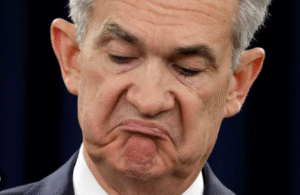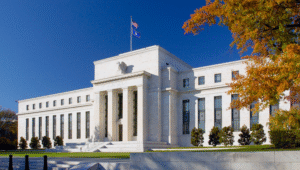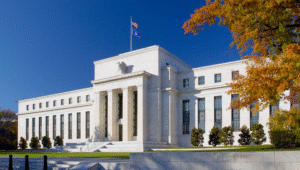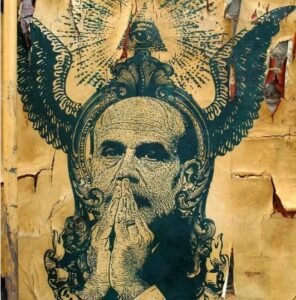$GBPUSD
#Sterling #Forex #CurrencyTrading #UK #Inflation #Dollar #InterestRates #Economy #ForexMarket #BankOfEngland #FinancialMarkets #Investing
The British pound has surged above the $1.30 mark for the first time since November, reflecting a combination of persistent inflation in the UK and a broader selloff in the US dollar. The movement highlights growing market expectations that the Bank of England may maintain its hawkish stance on interest rates, even as other central banks, particularly the Federal Reserve, signal a shift towards monetary easing. Investors have been closely watching the UK economy, where inflation has remained elevated despite a general slowdown in global price pressures. The resilience of the pound is largely a reflection of these economic conditions, as traders factor in the likelihood of prolonged higher interest rates in the UK compared to the US.
Recent UK inflation data has shown that price pressures remain stubbornly high, forcing the Bank of England to keep borrowing costs elevated. While other major economies, including the United States and Eurozone, have seen inflation cool significantly, Britain’s inflation rate remains above the central bank’s 2% target. This persistent inflationary environment makes it increasingly likely that the Bank of England will delay interest rate cuts, especially with policymakers emphasizing that they need to see sustained price stability before easing monetary policy. As a result, the pound has continued to strengthen, with markets pricing in an extended period of restrictive monetary policy compared to that of the Federal Reserve, where rate cut expectations have grown stronger.
Meanwhile, the US dollar has been weakening in recent weeks, driven by market speculation that the Federal Reserve will move more decisively towards cutting interest rates in the second half of the year. With signs of softening economic growth in the US, combined with moderating inflation, traders are anticipating that the Fed could adopt a looser monetary stance sooner than previously expected. This shift in expectations has weighed on the dollar, making sterling more attractive to investors seeking stronger yields in a higher interest rate environment. A weaker US dollar further supports GBP/USD gains, as traders and institutional investors shift capital toward the pound, betting on its relative economic strength.
Looking ahead, financial markets will be closely monitoring both UK and US economic data to assess whether this trend continues. Any further signs of elevated inflation in Britain could reinforce expectations of unchanged rates, further supporting the pound. Conversely, any indication that the Bank of England may soften its stance could trigger a reversal in sterling’s strength. Likewise, shifts in Federal Reserve policy or changes in US economic indicators could affect the trajectory of the dollar, influencing exchange rate movements. As global investors navigate these macroeconomic factors, the GBP/USD pair will remain a key focus in the forex market, reflecting broader monetary policy dynamics and economic sentiment on both sides of the Atlantic.











Comments are closed.